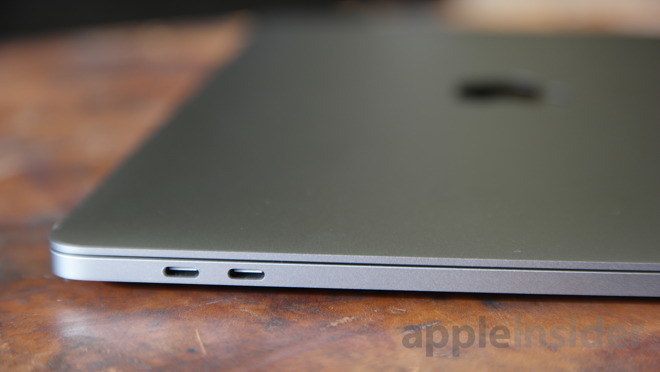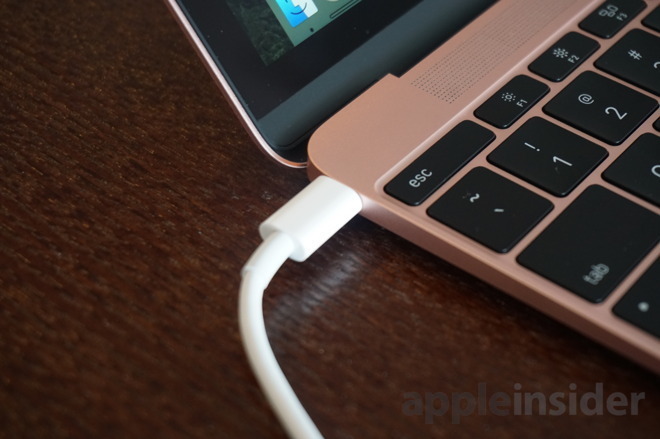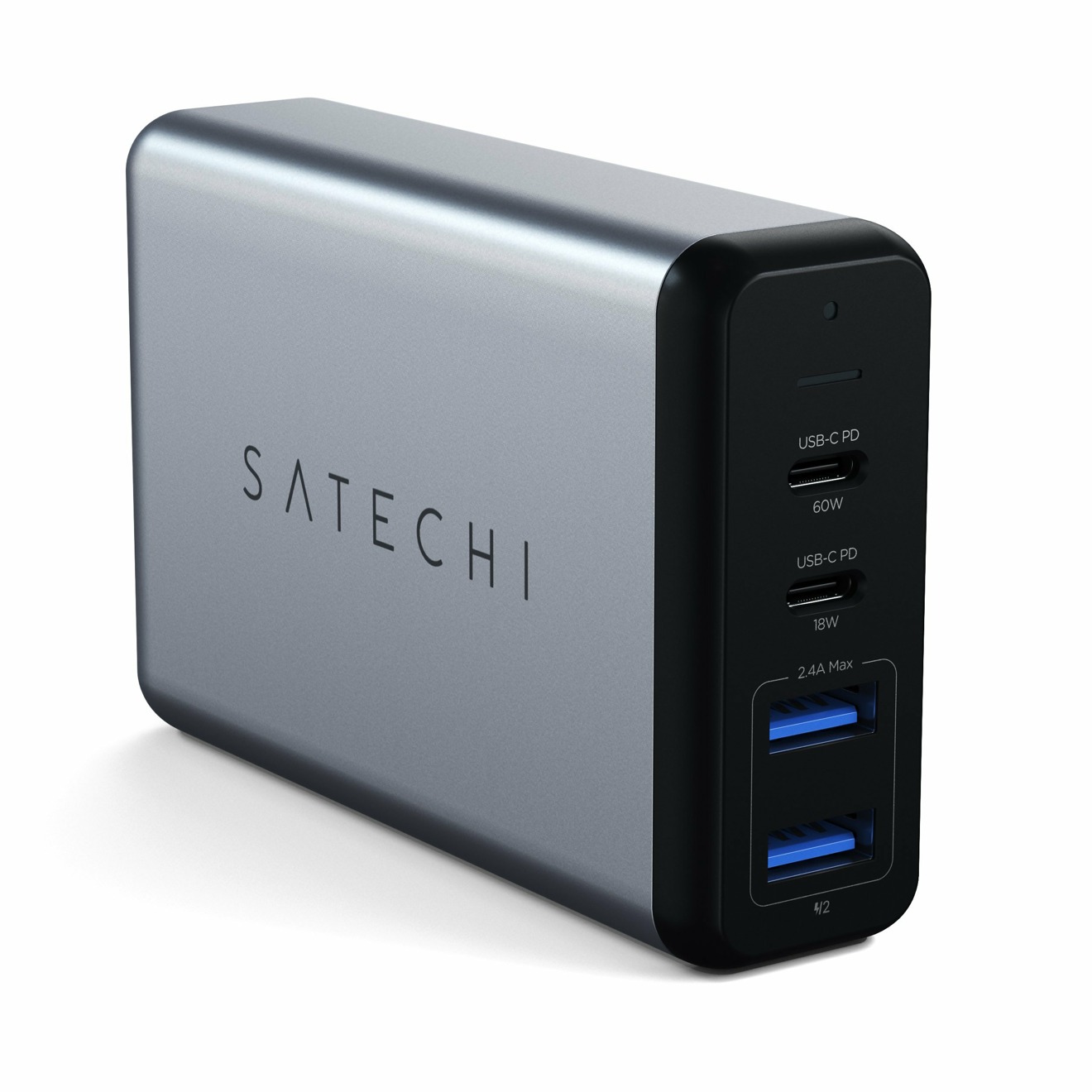We tried to take on the Consumer Electronics Show with nothing but USB-C, and the effort just highlighted how far the new standard has to go. While it can power your gear quickly, trying to use only USB-C wasn't great — but that doesn't have much to do with Apple.
When the AppleInsider team headed out to Las Vegas to tackle the monster that is CES, we did so with chargers, cables, and dongles galore. This year, we thought we'd try to rely on 100 percent USB-C for all our charging needs. With USB-PD and assorted quick charge technologies, it seemed like a solid option.
But as it turns out, it is far too early to go all-in.
Don't get us wrong — everything now can be powered off USB-C. My MacBook Pro, iPad Pro, Nikon Z 7, Apple Watch, iPhone, and battery packs all can draw power by way of USB-C. Unfortunately, that was easier said than done.
Heading into CES all our gear was charged. We powered everything up before we hit the road, which means we didn't encounter our first issue until the end of day one. At this point, we had a camera, iPad, iPhone, battery pack, and Apple Watch desperately in need of charge to get ready for day two. The question was, how to charge multiple USB-C devices at once, and do it with only a few hours left to go before the meetings started.
And therein lies the problem. Currently, nearly all USB-C travel chargers on the market have multiple USB-A ports but only a sole USB-C port.
With so much gear to charge, we had to let our gear take turns drawing from the USB-C port. Some we powered through the multiple USB-C ports on our MacBook Pro. which isn't an ideal solution by any means.
Taking to the show floor we ran into a few issues again. Any charging stations or outlets with USB ports still only had USB-A ports available. The ubiquitous flash drives that PR mavens handed out were again, only USB-A.
When we talked to the team at Anker regarding the woes of someone looking to embrace USB-C, they jokingly suggested I pick up six of their mini chargers and use a power strip to charge everything at once. While they clearly meant it as a joke, it is the most feasible solution out there.
USB-C is going to be the future of wired connectivity. But today, and now, we are still far away from that time, even at the most tech-forward show of the year. All of these issues could easily be remedied by a USB-A cable or USB-C adapter, which is where we ended up very shortly into our CES excursion.
Change is on the horizon though, as technology is evolving. When we talked to a half dozen or so charging accessory manufacturers about what is holding up multi-USB-C chargers. We heard variations of "heat is an issue," "the spec is constantly changing," and "certification is difficult" across the board.
What's clear, is that manufacturers have struggled putting multiple USB-C ports in a single charger.
One of the first that appears to have cracked the puzzle is Satechi who announced a new dual USB-C PD travel charger that combines a 60W USB-C port, an 18W USB-C port, and two USB-A ports.
The Satechi 75W Dual Type-C PD Travel Charger, which is available now, is a step towards the USB-C future we are yearning for. Hopefully, throughout the year, we see more USB-C multi chargers launch, perhaps with as many as four USB-C ports on a single charger.
Until we have chargers that can do more than one or two devices at once, we can't fully embrace USB-C.
 Andrew O'Hara
Andrew O'Hara









-m.jpg)






 Charles Martin
Charles Martin
 Christine McKee
Christine McKee
 Wesley Hilliard
Wesley Hilliard
 Malcolm Owen
Malcolm Owen
 Andrew Orr
Andrew Orr
 William Gallagher
William Gallagher
 Sponsored Content
Sponsored Content








83 Comments
Considering USB C is now 4 years old, this is not good news. The fact that Macs are one of the very few devices still being sold with multiple usb c ports helps make this worse. I guess the best solution is to have a usb A power strip and use a handful of usb A to USB C power cables.
I have a couple free (trade show give-aways) charging sticks. The author probably has more. Add a cheap cable if one is not included and charge the iPhone on the go. Too bd that we have to wait for Qi Charging for all the wearables and the iPhone.
I stopped upgrading to newer Mac products when it went to USB-C only. Perfectly happy with my 2015 laptop and 2013 desktops.
I’ve had my USB-C-only MBP for over two years now, and still the only things I’ve connected to it without a dongle are the power cord and the external monitor. I bet I’m not the only one who wishes they had included a USB-A port. I wonder if USB-C will become more useful to me before it’s time to get another laptop, but I did spend over $150 on dongles, so I’m well prepared to stick it out ‘til the bitter end.
Let's just hope this USB-C connector can stand the test of time - how durable it is. A USB-A or B connector seems to be so sturdy by comparison, maybe I am imagining it, not sure.. I am very careful when using the cables and connectors on my new MacBook Air.